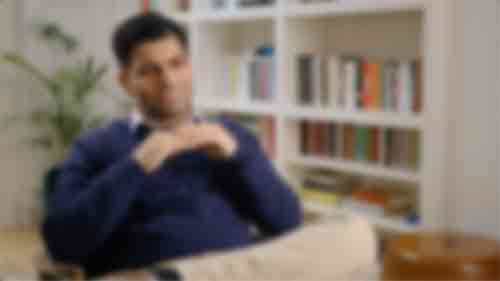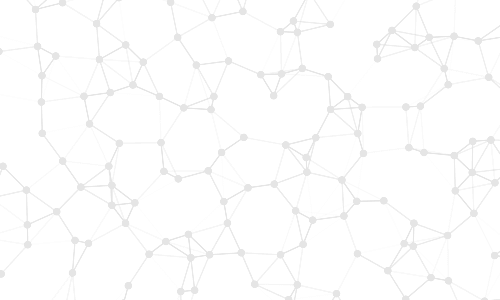Interview Clip
Published April 12, 2020
Brand Storytelling: Bacardi Rum
inpractise.com/articles/bacardi-storytelling
Executive Bio
Andy Gibson
Former Chief Marketing Officer at Bacardi & Walgreens Boots Alliance

Video is exclusive to members, sign up now to enjoy this and many other features.
Why is this interview interesting?
- How Bacardi integrated offline and digital channels to deliver the heritage of the brand to millennials
Interview Transcript
Disclaimer: This interview is for informational purposes only and should not be relied upon as a basis for investment decisions. In Practise is an independent publisher and all opinions expressed by guests are solely their own opinions and do not reflect the opinion of In Practise.
Free Sample of 50+ Interviews
Sign up to test our content quality with a free sample of 50+ interviews.
Or contact sales for full access
Related Content

The Essence of Brand Equity
Former Chief Marketing Officer at Bacardi & Walgreens Boots Alliance

Tanqueray versus Bombay Sapphire
Former Chief Marketing Officer at Bacardi & Walgreens Boots Alliance

Marketing Grey Goose
Former Chief Marketing Officer at Bacardi & Walgreens Boots Alliance

Bacardi: Brand Positioning
Former Chief Marketing Officer at Bacardi & Walgreens Boots Alliance
© 2024 In Practise. All rights reserved. This material is for informational purposes only and should not be considered as investment advice.
